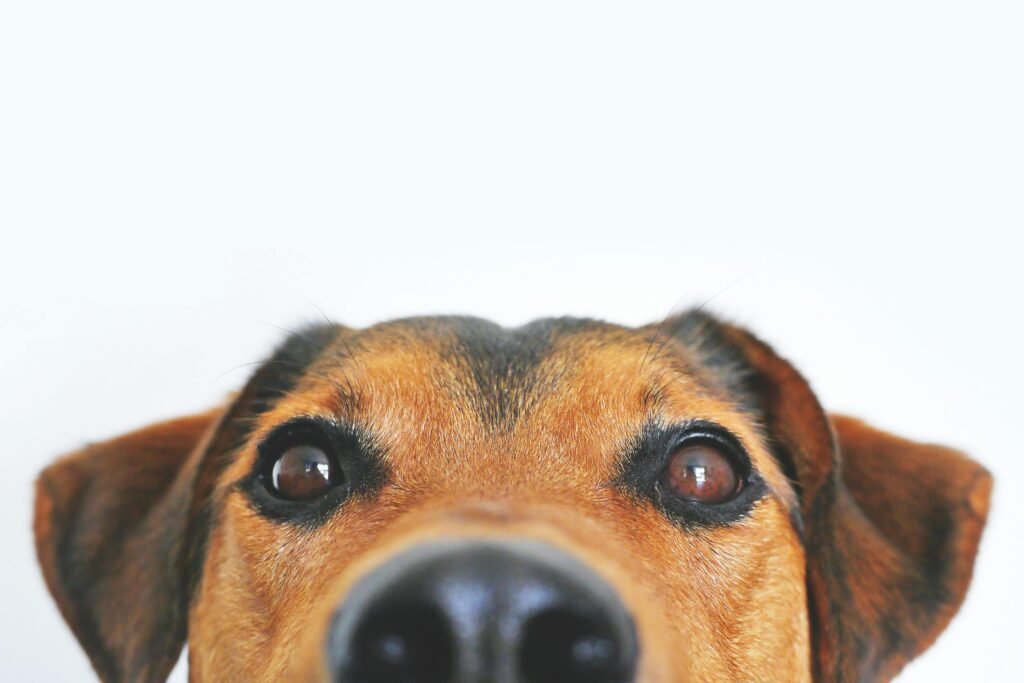How to Prevent and Treat Canine Poisoning: Keeping Your Dog Safe from Household Toxins

Dogs are naturally curious creatures, which can sometimes lead them into dangerous situations—especially when it comes to household toxins. Many common items found in homes, including foods, cleaning products, and plants, can be highly toxic to dogs. Understanding what these substances are and taking steps to prevent access to them can save your pet’s life.
Common Household Toxins for Dogs
1. Human Foods That Are Toxic to Dogs
While it may be tempting to share table scraps with your furry friend, several human foods are hazardous to dogs:
- Chocolate – Contains theobromine, which can cause vomiting, diarrhea, seizures, and even death.
- Grapes and Raisins – Can lead to kidney failure.
- Onions and Garlic – Can cause anemia by damaging red blood cells.
- Xylitol (found in sugar-free gum and some peanut butters) – Can cause hypoglycemia, seizures, and liver failure.
- Alcohol and Caffeine – Both are extremely dangerous and can lead to serious health issues.
2. Cleaning Chemicals and Household Products
Many cleaning products contain toxic ingredients that can be harmful if ingested or even inhaled by dogs. Some particularly dangerous substances include:
- Bleach and Ammonia – Can cause respiratory issues and chemical burns.
- Antifreeze (Ethylene Glycol) – Highly toxic and can cause kidney failure.
- Rodenticides and Pesticides – Can lead to internal bleeding or neurological problems if ingested.
- Essential Oils – Some essential oils, such as tea tree and eucalyptus, can be toxic to dogs.
3. Poisonous Plants
Several common houseplants and garden plants are toxic to dogs, including:
- Sago Palm – Can cause severe liver damage.
- Aloe Vera – Can lead to vomiting and diarrhea.
- Lilies (especially for cats, but some types also harm dogs) – Toxic and can cause digestive issues.
- Azaleas and Rhododendrons – Can affect the cardiovascular system.
How to Prevent Accidents

Preventing canine poisoning starts with making your home a safe environment for your pet. Here are some practical steps:
1. Secure Dangerous Items
- Store human foods out of reach and never leave them unattended on tables or counters.
- Keep cleaning supplies in locked cabinets or high shelves.
- Dispose of household chemicals properly and clean up any spills immediately.
- Be mindful of what plants you bring into your home and yard.
2. Use Pet-Safe Alternatives
- Opt for pet-safe cleaning products that don’t contain harmful chemicals.
- Use natural pest control solutions or consult with a veterinarian before using pesticides in your home.
- Choose pet-friendly plants, such as spider plants, bamboo, or areca palms.
3. Install Toxin-Proofing Measures
- Use baby-proof latches on cabinets containing hazardous substances.
- Keep trash cans covered to prevent dogs from scavenging.
- Store medications in a locked drawer or high cabinet.
Recommended Pet-Safe Products
To make your home safer for your dog, consider investing in the following pet-safe products:
- Pet-Safe Cleaning Products – Non-toxic, biodegradable cleaners like Nature’s Miracle Stain & Odor Remover or Seventh Generation Free & Clear are great options.
- Toxin-Proofing Kits – Use Safety 1st Childproof Cabinet Locks to secure hazardous substances.
- Pet-Friendly Plants – Replace toxic plants with safe alternatives like Live Cat Grass or Areca Palm.
What to Do If Your Dog is Poisoned
If you suspect your dog has ingested something toxic, act quickly. Symptoms of poisoning can include vomiting, diarrhea, drooling, tremors, seizures, lethargy, or collapse.
1. Contact Emergency Help Immediately
- Call your veterinarian or an emergency pet poison hotline.
- If you know what your dog ingested, provide details on the amount and time of ingestion.
- Do not induce vomiting unless instructed by a veterinarian, as some substances can cause more harm when regurgitated.
2. Provide First Aid if Advised
- If instructed, use hydrogen peroxide (3%) to induce vomiting, but only under veterinary guidance.
- If the substance was on your dog’s skin, wash the area with mild soap and water.
- Keep your pet calm and monitor for worsening symptoms while awaiting professional help.
Conclusion
Canine poisoning is a serious concern, but with the right precautions, it is largely preventable. By keeping toxic substances out of reach, using pet-safe alternatives, and knowing how to respond in an emergency, you can protect your dog from harmful household toxins. Always keep emergency contact numbers readily available, and consult your veterinarian if you have any concerns about your pet’s exposure to potential poisons. Your vigilance can save your dog’s life!
